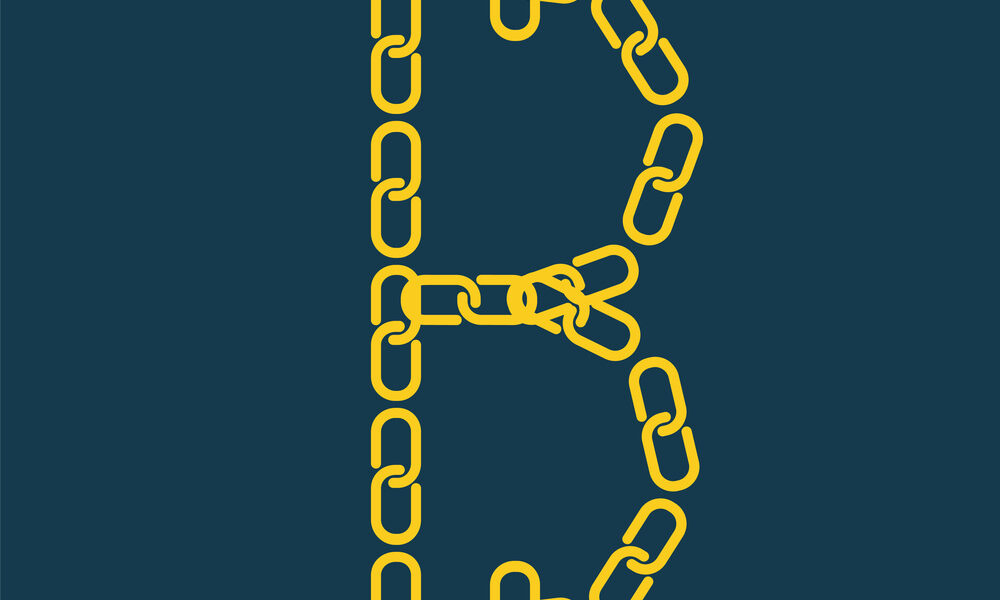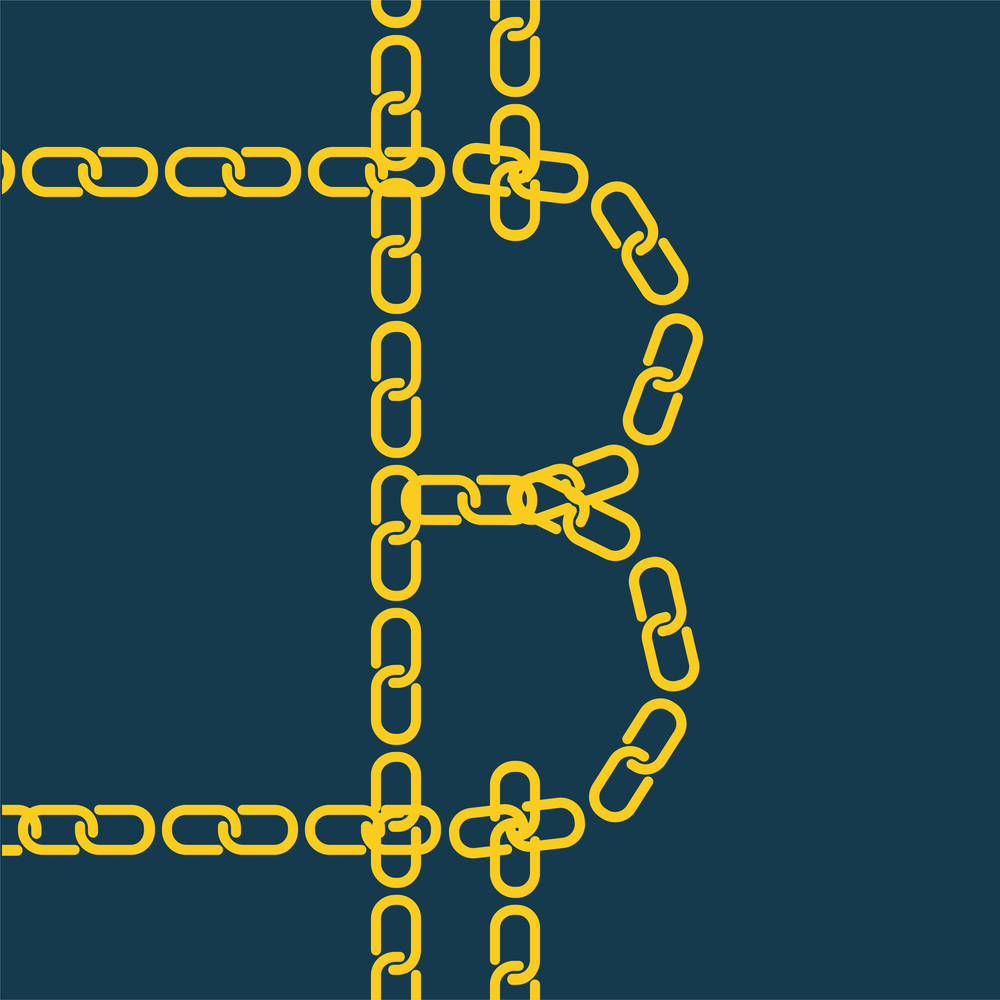News
Improving security levels in Blockchain technology

Blockchain technology has progressed significantly since the Bitcoin whitepaper was published in 2008. Since then, we have seen numerous cryptocurrencies emergeas well as non-financial projects using blockchain.
Although one of the biggest advantages of blockchain is its security, you need to pay attention to some risks. From phishing attacks to account takeover (ATO) frauds, blockchain projects must work extensively on their security to prevent these attacks from succeeding.
Of course, just as new technologies emerge that aim to protect individuals and businesses, so do new cybersecurity threats. This article will explain blockchain security in depth and analyze some of the most common problems that blockchain faces.
Blockchain security explained
A blockchain it is a digital ledger that stores large amounts of transactions and data. The registry is managed by a distributed network of computers we call nodes. The characteristic of the blockchain is that it is decentralized.
Instead of being stored in a single location, the data is dispersed across the aforementioned network of nodes. Decentralization makes the network secure, because even in the event of a failure, the other nodes will still maintain safe and accurate copies of the data. Furthermore, data on the blockchain cannot be tampered with or deleted.
The “cryptocurrency” in “cryptocurrency” refers to the use of cryptographic algorithms that protect every transaction. Each transaction is grouped into “blocks” and is linked to previous blocks, creating a chain of blocks that links back to the first block of the blockchain.
Each block is validated by a number of nodes, preventing any single entity from manipulating the data. How the transaction is agreed upon depends on the blockchain consensus mechanism and the type of blockchain. The two most popular consensus mechanisms are Proof of Work (e.g. Bitcoin) and Proof-of-Stake (e.g. Ethereum).
Public blockchains are transparent and allow anyone to see transaction history. Transparency builds trust among users, although some users may find it intrusive.
The immutability of each transaction is seen as both an advantage and a disadvantage. While this makes transactions quite secure, in the event of an incorrectly executed transaction, the amount of cryptocurrency involved will be lost. Also, if someone takes control of your account and makes a certain transaction, you won’t be able to refund it.
Different types of blockchains and their security
There are different types of blockchains that address security and permissions differently. They are not inherently more or less safe, as each has specific uses and benefits. The two most popular types are public and private blockchains, but we will also touch on the rarer types.
Public blockchains
As the name suggests, anyone can access public blockchains. They are permissionless and anyone with an internet connection and a computer can become a validator. Does this lead to a less safe environment? Not exactly.
Examples of public blockchains are Bitcoin and Ethereum. Since they are open source, anyone can look at the code and collaborate with other developers to improve it. Just like validation, no single entity is responsible for the security of the blockchain.
Instead, developer communities constantly work to improve the code, examine vulnerabilities, and suggest changes. This leads to a network that is highly secure and resistant to different types of attacks.
However, the downside is that hackers and bad actors also have great insight into the code. This means they can also work tirelessly to find vulnerabilities to exploit.
Private blockchains
Opposite the public blockchains, we have the private ones. They are more strictly regulated and not everyone can join them. They are authorized and are not decentralized like public ones.
They are also managed by a single organizationtion. The entity that manages the private blockchain is responsible for its security. Because the network requires users to have permission to participate, private blockchains are much faster than public ones.
Only users who have the appropriate permissions can validate transactions and make changes to the network. This type of blockchain is usually used for internal needs by organizations and companies.
Other types of blockchain
The two least common types of blockchain used are hybrid and consortium blockchains. They do not have a revolutionary, radically different concept. Instead, they are both combinations of private and public blockchains.
A consortium blockchain is a network operated by a number of different organizations. Because they use a combination of private and public concepts, they distribute access across pre-selected nodes. Examples of this blockchain are Quorum and R3.
The hybrid, however, is managed by a single company. However, they selectively use a combination of public and private blockchains. Some data is stored in the public registry, while only some people have private access.
Tracking blockchain transactions
Blockchain security systems present by default are not the only way to protect your project and your users. Concepts like smart contracts and validators do a great job of ensuring security, but sometimes risks can arise from other sources.
One method to increase security is ATO detection. This method uses third-party software that will analyze every transaction that occurs. If you integrate your platform with such software, you can protect your users from becoming victims of malicious individuals.
Transaction monitoring uses a number of factors to decide whether a transaction is fraudulent or not. This may be a transaction involving a significant sum or an irregular transaction frequency.
Hackers can obtain a user’s wallet or account from a platform in numerous ways. They can target a user via phishing attacks or hack them through other means. On the other hand, compromised accounts can be obtained on black markets.
A crypto project is not responsible if a user voluntarily loses their credentials, but should still do what it can to protect the user. Transaction monitoring is there to stop problematic activity and accounts before it’s too late. But before the worst case scenario, it is important to implement strong authentication and educate users.
Risks of blockchain transactions
Hackers often find cryptocurrency projects to be a great way to conduct scams. Malicious actions can be carried out in the form of creating phishing sites based on certain cryptocurrency projects.
On the other hand, crypto projects can themselves be fraudulent. Scammers can create a project, and once it has gained traction and enough investors, they sell their tokens and abandon the project.
From the user’s point of view, he must pay attention to the reviews of a particular project and the people behind it. If there are no people with real experience and social media profiles, the project is likely a scam.
Companies looking to create blockchain-based projects need to put users at ease and follow some transparent practices to ensure trust. In addition to choosing the right type of blockchain and creating a secure website, it is important to have strong cybersecurity protocols.
No external threat should be able to compromise your project and harm your users or the project itself.
Although one of the most important advantages of blockchain is decentralization, there is a certain degree of centralization in crypto projects. The infrastructure that hosts your project needs professionals to maintain it and guarantee high levels of security.
Blockchain compliance
Since blockchain is closely connected to finance, there are many regulations that companies must comply with. In the context of blockchain security, strictly following these regulations will lead to greater security.
Failure to comply with financial regulations can lead to a fine or even closure of your company. Depending on your location, you must adhere to local regulations anti-money laundering (AML) laws.as well as the laws of the countries in which you operate.
Additional security measures, such as transaction monitoring, can significantly help you make your project more compliant overall. There are also industry regulations that may apply to your project.
For example, if you use blockchain in the healthcare industry, your company will also need to deal with regulations related to patient data and healthcare.
Protect your blockchain projects
Using blockchain to improve your company’s security is a viable option. Blockchain offers decentralized, transparent records that are difficult, almost impossible, to tamper with. However, you should always stay updated on the latest trends in cybersecurity and blockchain.
With the advent of artificial intelligence, there are new ways to protect business systems. But the most important thing is to conduct security checks that will help you understand how your company is exposed and which aspects need additional security.

